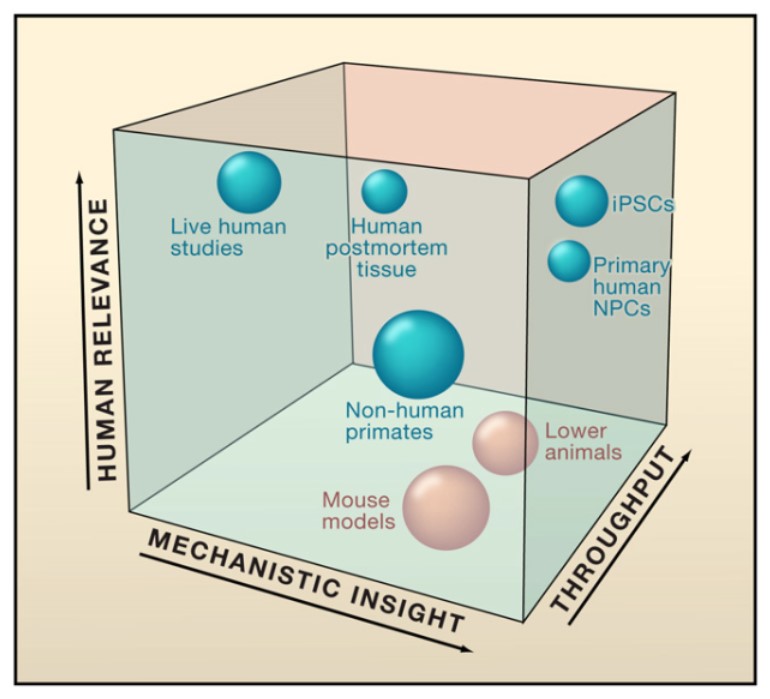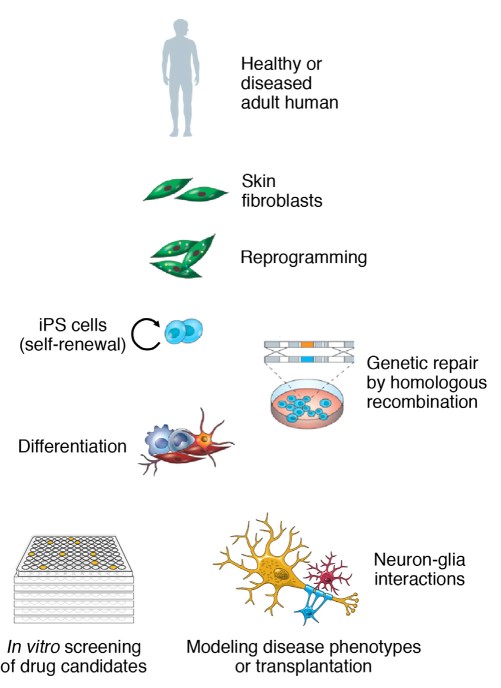- Home
-
Screening
- Ionic Screening Service
-
Ionic Screening Panel
- Ligand Gated Ion Channels
- Glycine Receptors
- 5-HT Receptors3
- Nicotinic Acetylcholine Receptors
- Ionotropic Glutamate-gated Receptors
- GABAa Receptors
- Cystic Fibrosis Transmembrane Conductance Regulators (CFTR)
- ATP gated P2X Channels
- Voltage-Gated Ion Channels
- Calcium Channels
- Chloride Channels
- Potassium Channels
- Sodium Channels
- ASICs
- TRP Channels
- Other Ion Channels
- Stable Cell Lines
- Cardiology
- Neurology
- Ophthalmology
-
Platform
-
Experiment Systems
- Xenopus Oocyte Screening Model
- Acute Isolated Cardiomyocytes
- Acute Dissociated Neurons
- Primary Cultured Neurons
- Cultured Neuronal Cell Lines
- iPSC-derived Cardiomyocytes/Neurons
- Acute/Cultured Organotypic Brain Slices
- Oxygen Glucose Deprivation Model
- 3D Cell Culture
- iPSC-derived Neurons
- Isolation and culture of neural stem/progenitor cells
- Animal Models
- Techinques
- Resource
- Equipment
-
Experiment Systems
- Order
- Careers
iPSC-derived Neurons
Most neuropsychiatric disorders, including autism, schizophrenia, and depression, have a strong genetic component. Single mutation may cause a disease in rare cases, it is more common for disease to arise from multiple genetic events.
iPSCs are adult pluripotent stem cells that are generated from somatic cells by the introduction of reprogramming factors. hiPSCs thus provide a clear advantage over animal models for studying the effect of human genetic background on disease penetrance and severity. The recent discovery of induced pluripotent stem cells (iPSCs) not only overcomes the ethical and logistical issues associated with human embryonic stem cells, but also provides a flexible platform for generating various differentiated cell types from diseased individuals.
Creative Bioarray has developed a highly consistent and scalable protocol to differentiate and cryopreserve purified human iPSC-derived neurons. Using this platform, Creative Bioarray provides cryo-preserved, pre-differentiated mixed population neuronal precursors derived from a footprint-free, karyotype normal human iPSC line. We also offer customized stem cell and induced hiPSC services. This service offers custom generation of iPSCs from patient samples and other model systems using both viral and non-viral methods. In addition to other stem cell related custom services, we also perform directed differentiation and build custom lineage reporters.

Fig.1 Niches occupied by various experimental approaches
Creative Bioarray research developed human induced neurons derived from iPS cells. This highly pure population of cells displays a robust and stable neuronal morphology. Our hiPSC Neurons display evoked and spontaneous neuron-like action potentials and possess functional sodium, potassium and calcium channels. In addition, these cells are amenable to various assay systems including high content image-based assays, standard cell-based assays and toxigenicity testing. The results demonstrate a convenient, novel human cell model for neuroscience research which supports the use of iPSC technology as a platform capable of generating neurons from disease relevant genetic backgrounds. Our hiPSC express typical markers of neural stem and progenitor cells such as Nestin and Sox1 with a purity greater than 90%. They are completely validated for viability, differentiation potential, karyotype, morphology, passage number, and sterility. These cells quickly developed to typical neuronal morphology with branching neurites. Antibodies to MAP2 are markers on neuronal cells, their perikarya and neuronal dendrites.

Fig. 2 A schematic diagram illustrating the generation of disease-specific induced pluripotent stem cells (iPSCs) and its applications in modeling disease phenotypes and in identifying therapeutic targets.
Advantages
High purity neurons: >90% Tuj1+ neurons and < 5% GFAP+ cells using flow cytometry.
High cell viability of cryopreserved neurons (>80%).
Within 24h of thawing, these neurons display a typical neuronal morphology including a dense network of neurites.
Functionally viable neurons capable of neuronal excitability and synapse formation (a mix of predominantly GABAergic and Glutamatergic subtypes as measured at both the gene expression and protein levels and form characteristic synaptic connections).
Reveal typical electrophysiological characteristics as measured using single-cell patch-clamp to detect both spontaneous and evoked action potentials as well as functional ion channels.
Long-term viability in cell culture and consistency in results (>30 days): affords greater flexibility in designing high throughput drug screening and testing.
Applications:
Electrophysiology and synaptic functionality assays
Neuro-toxicity and neuro-protection screening tests
Physiologically relevant disease modeling platform
Gene profiling under isogenic conditions to understand gene functionality associated with neurological diseases
Compound testing: to evaluate the capability of test compound to promote dendrite formation and growth.
Cells
Source: Derived from Human iPSC (single donor)
QC: No bacteria, yeast, fungi, mycoplasma or virus
- Cryovial: >1X10^6 cells (1st passage) in freezing medium
Medium: cell manufactured, maintained in serum-free, feeder-free culture conditions
Storage: Liquid Nitrogen
Applications: Laboratory use only
Human iPSC-Derived Neural Stem Cells represent a physiologically relevant model. Under controlled conditions, Creative Bioarray provides hiPSCs which possess the ability to consistently generate high yields of functional neural cells. Our hiPSCs provide researchers a unique model to study neural development, neurotoxicity, differentiation, electrophysiology, and disease modeling. The discovery of safe and effective medicines depends on neuronal models with physiological and pharmacological properties resembling mature neurons in the human brain. Functionally mature human iPSC-derived neurons are essential to development of cell-based models with increased physiological relevance. Human iPSC-derived neurons and astrocytes, when co-cultured in vitro, enhance neuron phenotypic maturation and long-term survival. When cultured in defined differentiation media, our hiPSCs naturally generate a balanced population of neurons and astrocytes, providing a unique model that more closely resembles normal human brain physiology. hiPSCs are useful for drug screening and cell-based research & discovery. Next-generation manufacturing permits large quantities of cells to be produced from a single lot (donor) in a short period of time.
Creative Bioarray's neural cell products and services can be flexibly tailored for the customers' needs by genetic manipulation, making patient-derived neurons or any other collaborations.
References
Dolmetsch R and Geschwind DH. The human brain in a dish: The promise of iPSC-derived neurons. Cell. 2011; 145: 831–834.
Lee S and Huang EJ. Modeling ALS and FTD with iPSC-derived neurons. Brain Res. 2017; 1656: 88–97.
Related Section
- Xenopus Oocyte Screening Model
- Acute Isolated Cardiomyocytes
- Acute Dissociated Neurons
- Primary Cultured Neurons
- Cultured Neuronal Cell Lines
- iPSC-derived Cardiomyocytes/Neurons
- Acute/Cultured Organotypic Brain Slices
- Oxygen Glucose Deprivation Model
- 3D Cell Culture
- Isolation and culture of neural stem/progenitor cells
Inquiry

